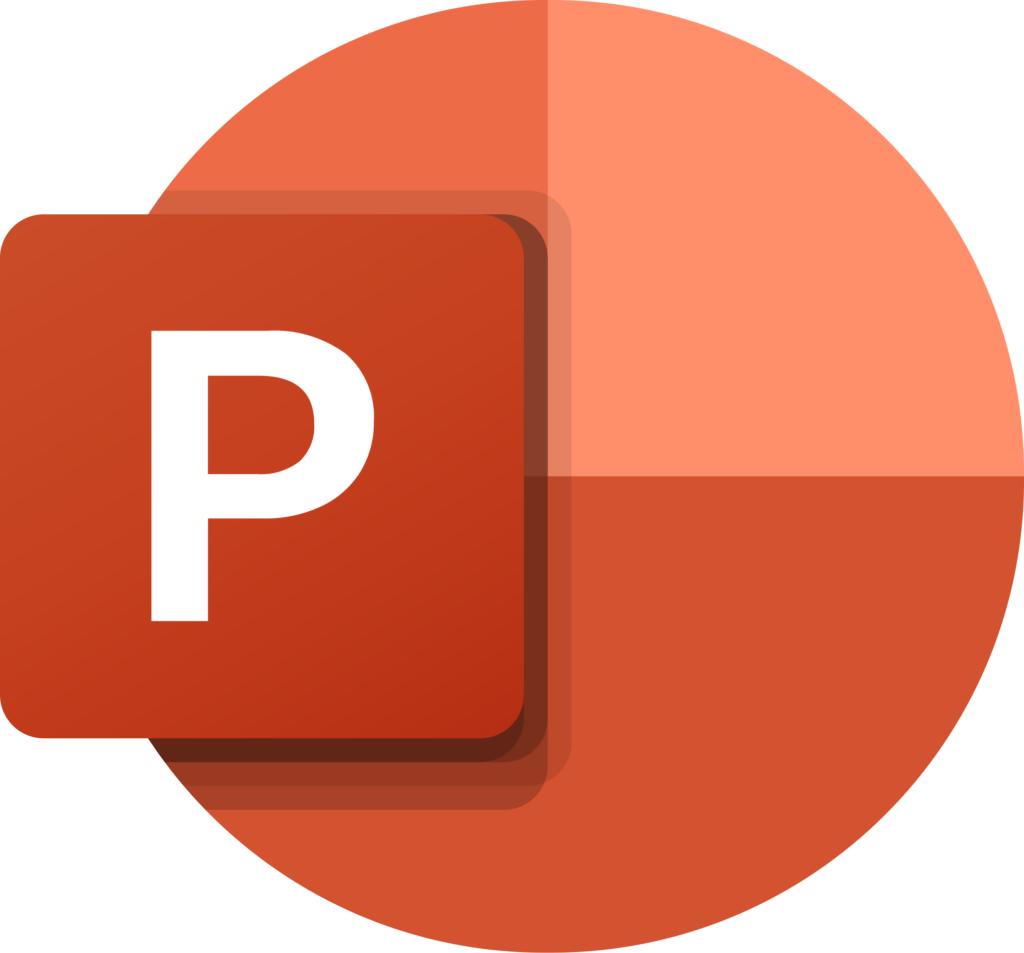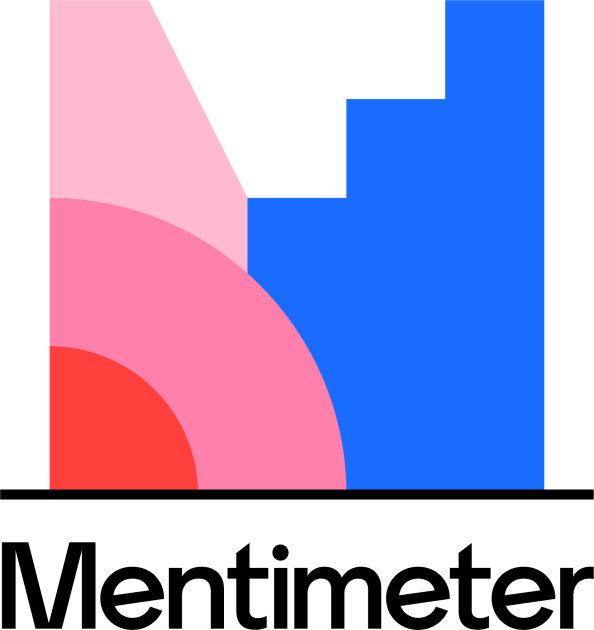What is an interactive presentation?
An interactive presentation actively involves the audience and enables two‑way communication between the presenter (teacher) and the audience (students). This can include polls, Q&A sessions, animated quizzes, and the incorporation of interactive media.
Why include interactive elements in your presentation?
Benefits include better information retention by the audience, increased engagement and participation, and improved understanding through direct interaction. Creating and presenting dynamic and interactive content also means being able to adapt the presentation in real-time based on audience reactions, and gives you instant feedback on students’ comprehension.
Below are examples of presentation tools that offer interactivity.
PowerPoint
PowerPoint is capable of doing far more than just creating slides. You can use it to record videos of your lectures without relying on any online services. You can also use it to create feature-rich interactive resources for your students. The links below will take you to training and information that will help you to develop your skills with PowerPoint.
Narrated PowerPoint lectures: record narration over slides to produce a video lecture for your students.
Interactive online resources with PowerPoint: PowerPoint has features that allow you to turn your slides into an interactive resource that will enhance learning and understanding.

Mentimeter
Mentimeter is a browser-based presentation tool that allows you to create and deliver dynamic interactive presentations, polls and surveys.

Nearpod
Nearpod is a cross-platform, device-agnostic, and user-friendly way to engage your students with interactive activities.


